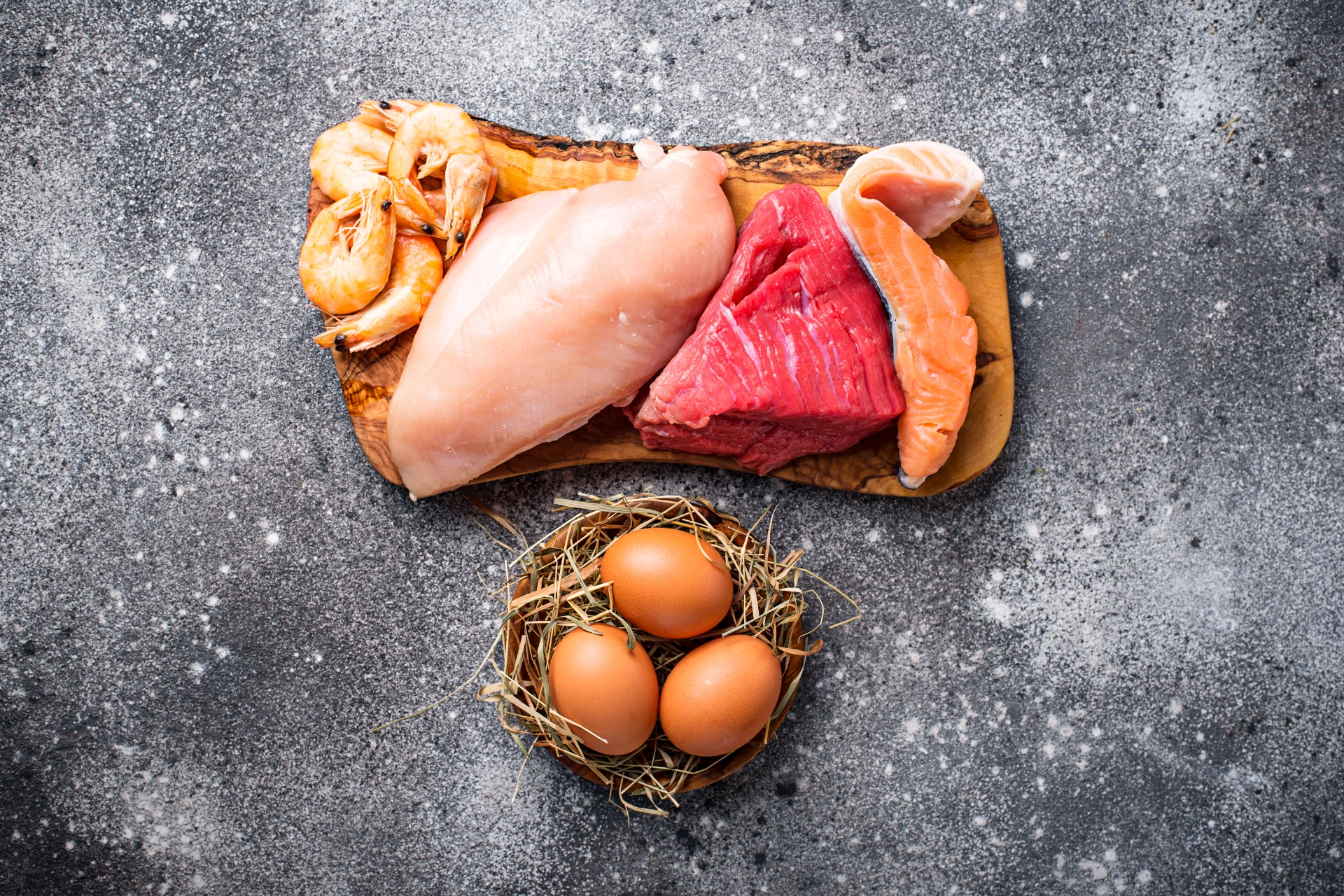Best and Worst Sources of Protein
In the hustle and bustle of modern life, finding the right sources of protein can be a challenge, especially for those juggling work, fitness, and family commitments. Protein is a vital nutrient that helps build and repair tissues, supports immune function, and is crucial for overall health. But not all protein sources are created equal. Let’s dive into the best and worst protein sources to help you make informed choices.
Best Sources of Protein
- Lean Meats (Chicken, Turkey, Lean Beef):
Lean meats are excellent sources of high-quality protein. Chicken and turkey are particularly great options as they are low in saturated fat compared to red meats. Lean beef can also be a good choice if consumed in moderation, providing essential nutrients like iron and B vitamins. For working individuals and fitness enthusiasts, lean meats are versatile and can be prepared quickly in a variety of dishes. - Fish and Seafood:
Fish such as salmon, tuna, and mackerel are not only rich in protein but also provide heart-healthy omega-3 fatty acids. Omega-3s are essential for brain health, reduce inflammation, and support cardiovascular health. Shellfish like shrimp and crab are also good protein sources with lower fat content. Including fish in your diet 2-3 times a week can be a delicious way to meet your protein needs. - Eggs:
Eggs are a powerhouse of nutrients, offering about 6 grams of high-quality protein per egg. They are also rich in vitamins, minerals, and healthy fats. For those on the go, boiled eggs can be a quick and portable protein snack. If cholesterol is a concern, using egg whites can still provide a substantial protein boost with minimal fat. - Legumes (Beans, Lentils, Chickpeas):
Legumes are fantastic plant-based protein sources, especially for vegetarians and vegans. They are also packed with fiber, which aids digestion and helps keep you full longer. Incorporating beans, lentils, and chickpeas into your diet can support muscle growth and repair while also offering other health benefits like blood sugar regulation. - Greek Yogurt and Cottage Cheese:
Greek yogurt and cottage cheese are dairy-based proteins that are rich in calcium and probiotics. Greek yogurt contains about twice the protein of regular yogurt, making it an excellent post-workout snack or breakfast option. Cottage cheese is low in fat and high in casein protein, which digests slowly, providing a steady release of amino acids to support muscle repair. - Nuts and Seeds:
Nuts and seeds like almonds, chia seeds, and flaxseeds are not only protein-rich but also packed with healthy fats and fiber. They are convenient to carry around as a snack and can easily be added to smoothies, oatmeal, or salads for an extra protein punch. While they are calorie-dense, moderate consumption can support overall health and fitness goals.
Worst Sources of Protein
- Processed Meats (Sausages, Hot Dogs, Bacon):
Processed meats are often high in saturated fats, sodium, and preservatives like nitrates, which have been linked to various health risks, including heart disease and cancer. While they may provide protein, the negative health effects outweigh the benefits. It’s best to limit these in your diet and opt for fresher, leaner protein sources. - Fried Meats and Fish:
While meats and fish are generally good protein sources, frying them can significantly decrease their nutritional value. The frying process adds unhealthy fats and extra calories, which can lead to weight gain and increase the risk of heart disease. Grilling, baking, or steaming are healthier cooking methods that retain the protein content without the added unhealthy fats. - Protein Bars with High Sugar Content:
Not all protein bars are created equal. Many are loaded with sugar, artificial ingredients, and unhealthy fats, which can turn a seemingly healthy snack into a glorified candy bar. Always check the label for protein content versus sugar and fat content. Opt for bars with minimal added sugars and a higher protein-to-calorie ratio. - Processed Cheese Products:
Processed cheese, like cheese slices or cheese spreads, often contains less protein and more fillers, sodium, and artificial additives than natural cheese. These products may not offer the same nutritional benefits as whole foods and can contribute to excessive calorie and sodium intake. Choose natural cheeses like mozzarella, cheddar, or Swiss for a healthier protein boost.
Conclusion
Choosing the right protein sources is key to maintaining a balanced and nutritious diet, especially for busy individuals and fitness enthusiasts. Lean meats, fish, eggs, legumes, dairy, nuts, and seeds are among the best choices for quality protein that supports muscle growth, weight management, and overall health. On the other hand, processed meats, fried foods, sugary protein bars, and processed cheese should be consumed sparingly.
By being mindful of your protein choices, you can fuel your body with the nutrients it needs to thrive, whether you’re powering through a busy workday or crushing your fitness goals. Remember, it’s not just about the amount of protein but the quality of the sources that makes the difference.


